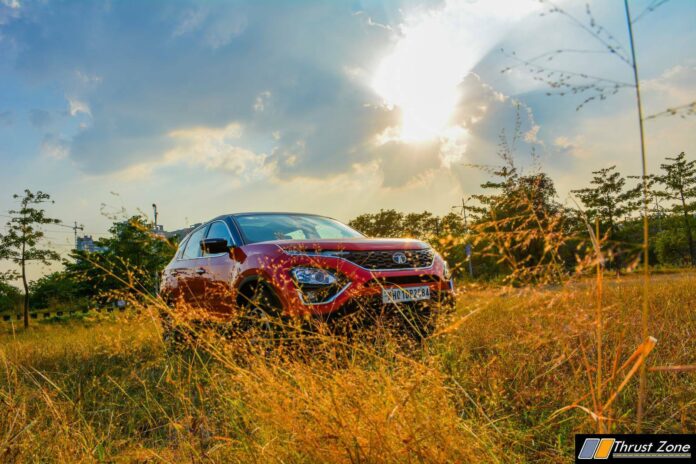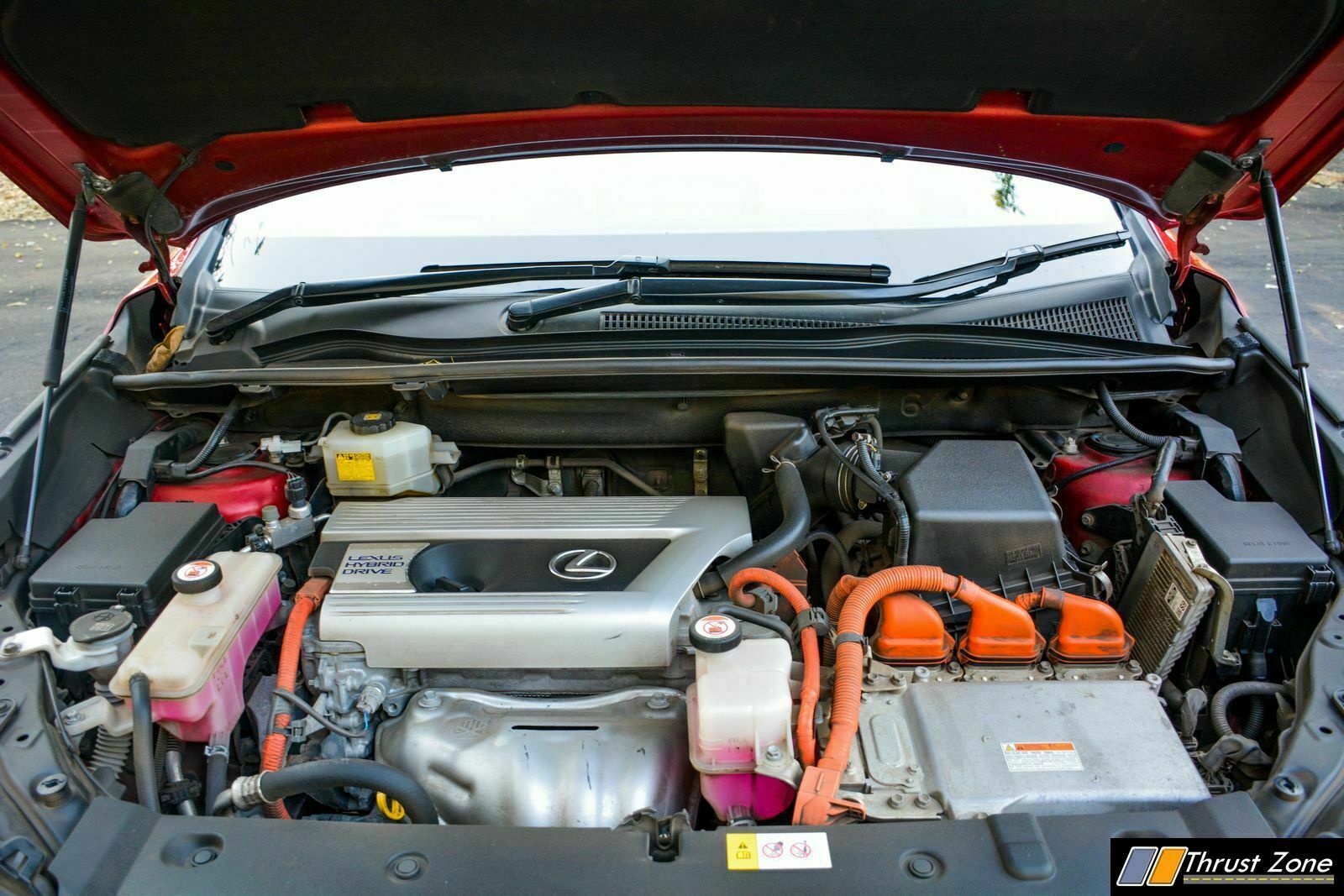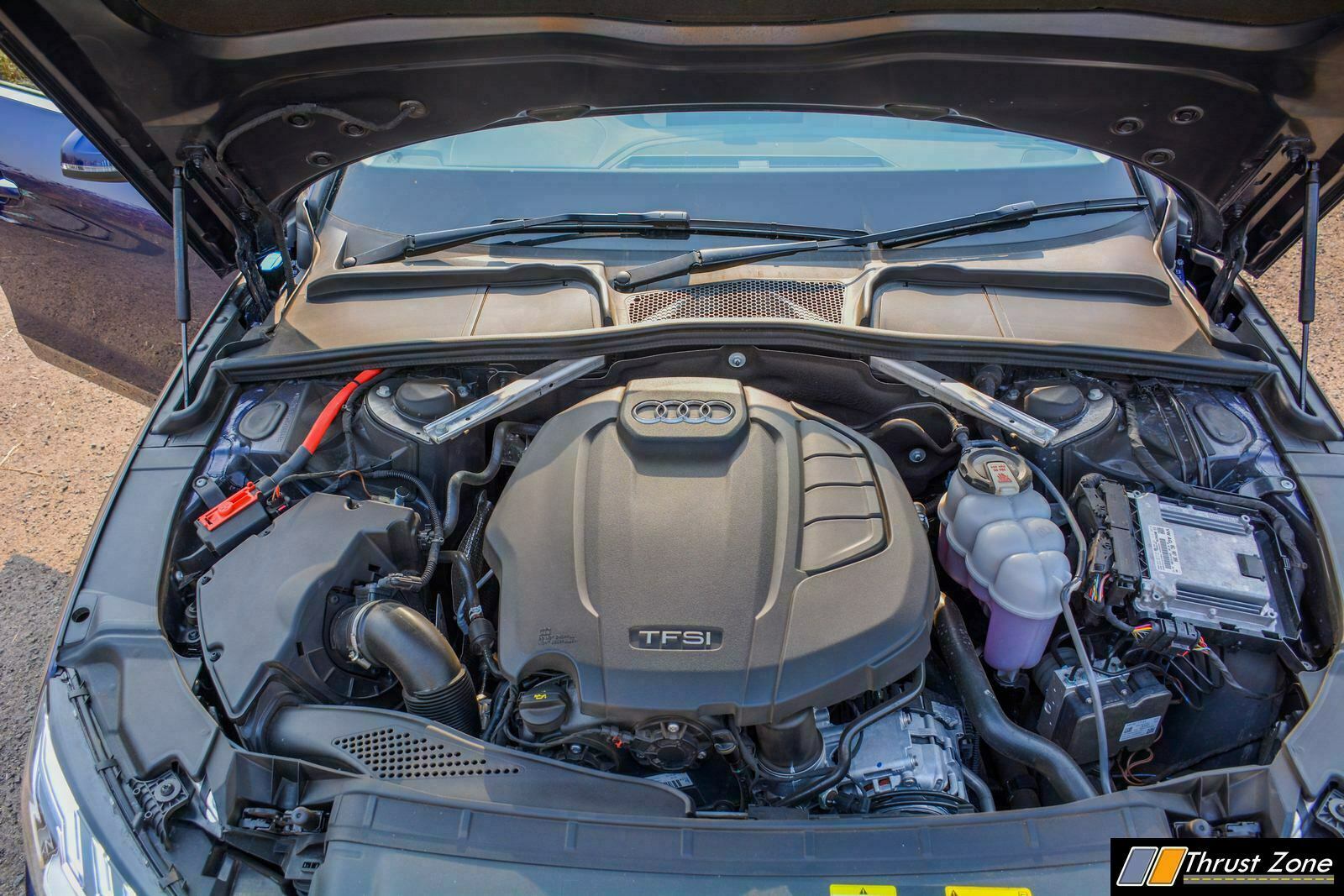The Indian auto sector is rapidly changing and the past few years have stood testimonial to this with several new policies and reforms by the government. There was the transition to the new safety norms – BNVSAP – followed by the standardisation of ABS and CBS on two-wheelers. As a country, we also moved quickly from BS4 to BS6 norms, a major transition that the industry still is coming to terms with. However, if you think this will keep things at bay for a while, we are sure you haven’t heard about CAFÉ norms. These are the next big emission regulations that hit the auto sector in the years to come and here’s what it means for cars of the future.
What are CAFE norms?
Corporate Average Fuel Efficiency or CAFE norms have been proposed by the Indian government to bring the Indian auto sector in line with the global auto industries. With the upcoming regulations, Indian cars aim to become 30 percent more fuel-efficient by 2022, and 10 percent more by the end of 2021. WIth CAFE norms, a car’s fuel efficiency will be calculated by the litres of fuel consumed by a vehicle to travel 100 km. In simpler terms, we will be going from kmpl to litres/100 km. The calculation standard is already followed in several countries internationally and the move will bring India up to speed with the same.
At the same time, CAFE norms also aim to reduce the carbon footprint produced by the auto industry. With improved fuel efficiency, the new regulations will also enforce lower tailpipe emissions and reduce the CO2 gases. However, the big takeaway here is that each OEM will have to reduce the corporate average or the sales-volume weighted average for every carmaker. So, under CAFE norms, the corporate average of CO2 emission permissible will be 130 g/km till 2022. It will reduce to under 113 g/km from thereafter.
How Does Corporate Average Work In Europe?
Now, a similar rule is applicable in the UK by the EU legislation that sets mandatory emission reduction targets. So, each carmaker can have a maximum fleet average of 95 g of CO2/km. This means that the automaker needs to maintain an average emission of 95 g/km from its fleet of cars sold in the UK. This was the main reason why Suzuki chose to pull the new-generation Jimny off the shelves in the UK last year (but used a loophole to continue selling it as a commercial vehicle with a few changes). However, the rule at large has prompted carmakers to look at phasing out diesel vehicles, while adopting mild-hybrid and hybrid technologies, apart from electrifying their line-up.
In India too, expect to see a similar outcome with mild-hybrid technology and electrification driving the way forward. Maruti Suzuki has already hybrid-ised a number of its cars, while it also offers the option of a CNG. Meanwhile, carmakers like Volkswagen Renault, Nissan, Hyundai and Kia have opted to take the turbocharged route with their petrol-only engine line-up. Carmakers like Toyota, Honda, and the luxury players are balancing it out with diesel engines as well. Lastly, Tata Motors, Mahindra, MG Motor India and Hyundai have already added electric cars and are quite serious about the electrification drive.
It’s also believed that automakers such as Skoda are exploring the option of a CNG on their cars for the Indian market. We should point out that the new-generation Skoda Octavia is already offered with a CNG variant in Europe.
How Does It Affect Me?
The measures taken by the government policies aim to reduce CO2 emissions and that is extremely important to consider, especially given the air quality levels in Indian cities. However, the up-gradation process will see a hike in prices for new cars, and that’s something that will be a trade-off customers will have to live with. The BS6 transition and the global shortage of components have already been driving up the prices for cars and two-wheelers and we could see the same being escalated further as we step into 2022. It’s not the nice-sounding answer you were hoping for, but given the air pollution levels, this is what we need to do right now, till a more sustainable option comes along.




